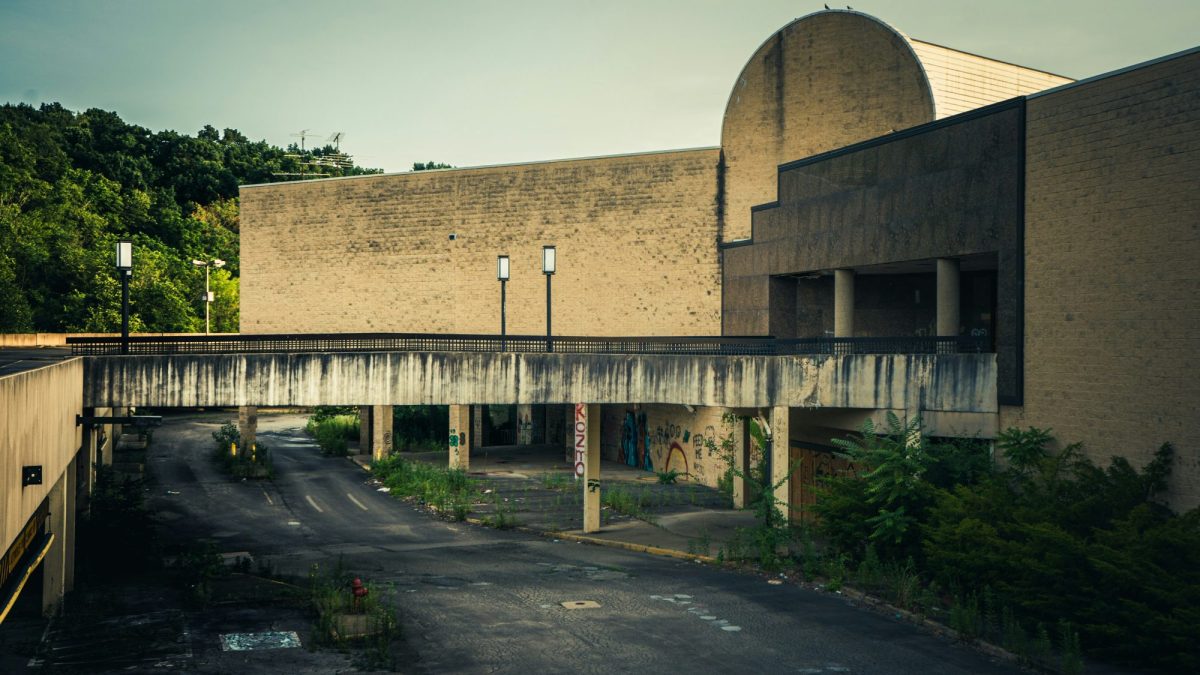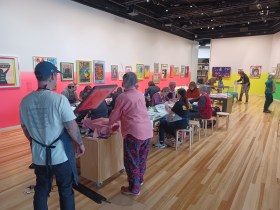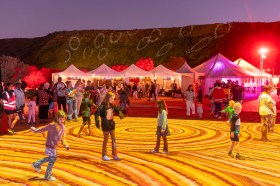Once symbols of consumer decline, Australia’s abandoned shopping centres – from Perth to Parramatta – are finding second lives as pop-up galleries, rehearsal rooms and performance spaces, driven by visionary artists and collectives.
Globally, obsolete malls are being reimagined as cultural venues. In Singapore, the Peace Centre temporarily hosted a vibrant mix of graffiti exhibitions, performances, thrift markets, workshops and musical events before demolition.






